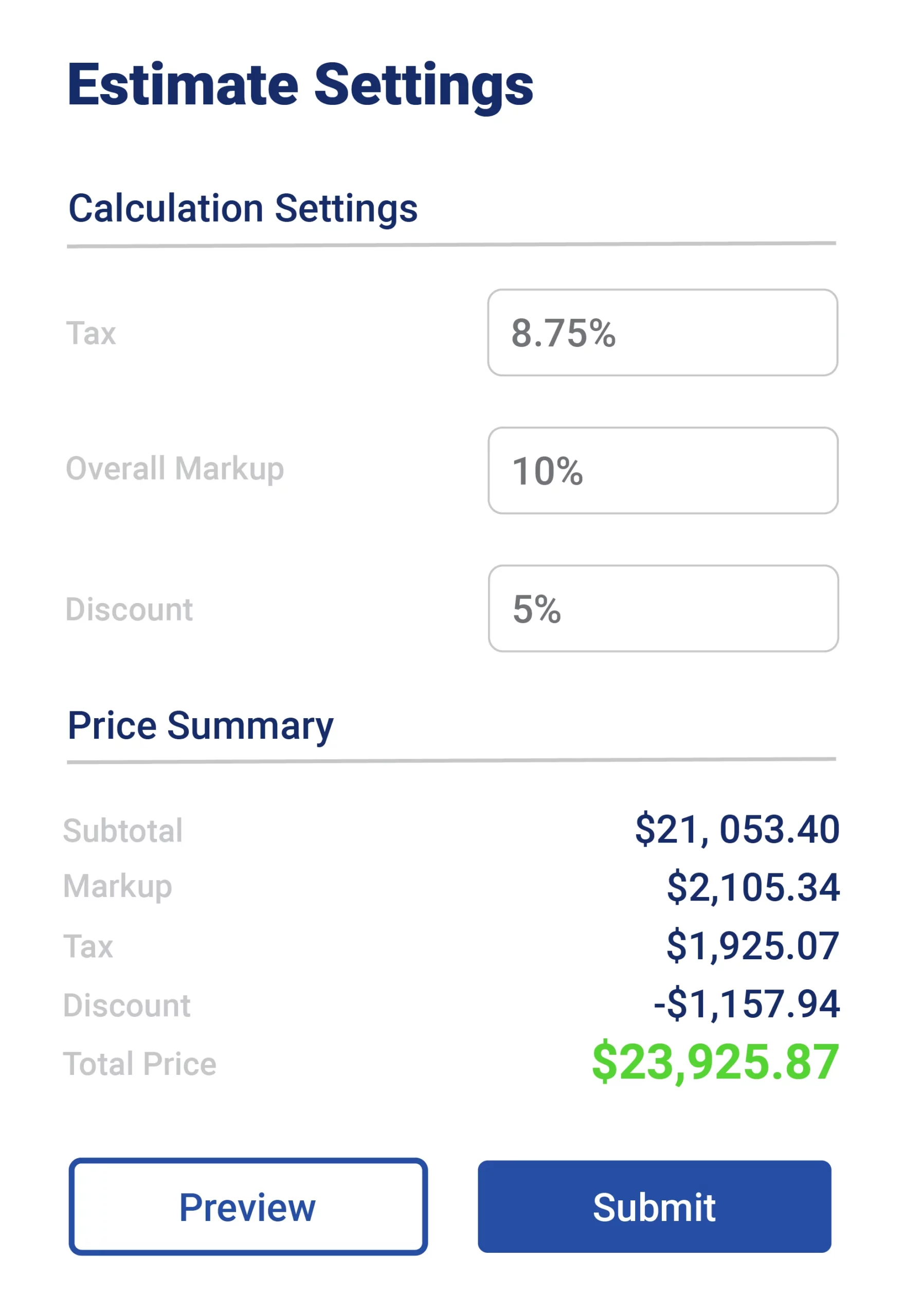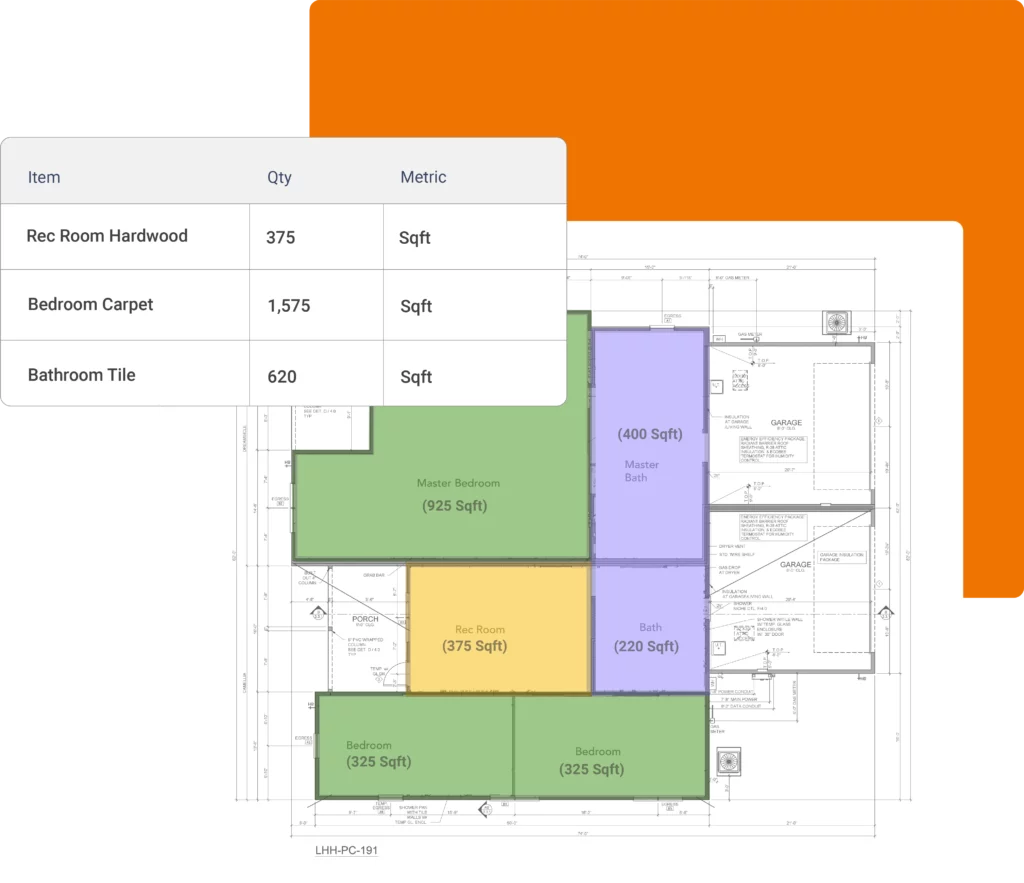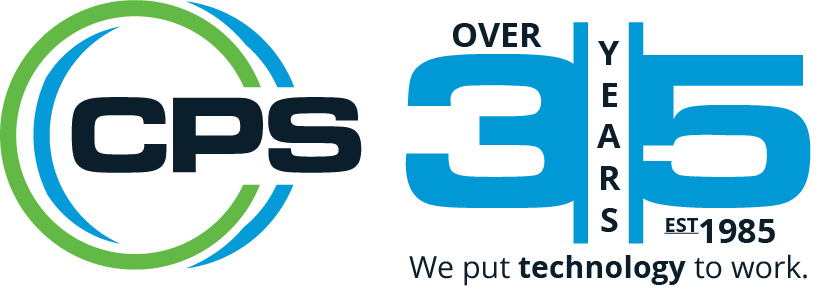Unlocking the Strategies Behind General Contractor Percent Markup
Navigate the nuanced world of construction finance with our detailed guide on optimizing the general contractor percent markup, ensuring project profitability and long-term business stability.

In-Depth Understanding of General Contractor Percent Markup
Defining General Contractor Markup
Navigating through the multifaceted world of construction projects, the general contractor percent markup is not merely a financial term but a lifeline that ensures the seamless operation and completion of projects. This percentage is a strategic addition to the actual costs of the project, designed meticulously to cover not just the tangible expenses but also to buffer against potential financial uncertainties that may arise during the project’s life cycle.
Significance in Project Management
General contractor percent markup intricately weaves through project management, infusing it with financial stability, risk mitigation, and enhanced quality assurance. It fosters a viable financial framework that underpins the operational, administrative, and strategic facets of project management, ensuring not only the completion of the current project but also paving the way for future endeavors.
Benefits of General Contractor Markup
- Financial Stability: Ensuring projects are not just viable but also profitable, absorbing unexpected costs effectively.
- Risk Mitigation: Crafting a financial buffer to absorb unforeseen expenses related to materials, labor, or subcontractor engagements.
- Enhanced Quality Assurance: Enabling the procurement of premium materials and skilled labor, ensuring optimal project outcomes.
Comparatively, smaller projects might demand a higher markup percentage due to their lower overall cost yet similar management requirements compared to larger projects. Whereas, larger projects might accommodate a slightly smaller markup percentage but garner overall higher monetary returns due to the project scale.
Comprehensive Insights into Various Markups
Subcontractor Markup Explained
When delving into the subcontractor markup, it translates to the additional percentage that general contractors affix to the subcontractor’s quote. This strategic increment, while ensuring that the subcontractor’s services are financially compensated, also assimilates potential variations, ensuring a steady cash flow and mitigating risks related to subcontractor engagements.
Labor Cost Markup: A Detailed View
Labor cost, a pivotal pillar in construction projects, is more than a mere reflection of wages. The markup on labor, therefore, is not an arbitrary figure. It is a meticulously devised percentage ensuring that the compensation, benefits, and potential overtime of the labor force are aptly covered, simultaneously creating a financial cushion to absorb any unforeseen labor-related expenditures.
Material Cost Markup and Strategic Procurement
Material costs navigate through the dynamic realms of market prices, availability, and quality. Hence, the markup is an embodiment of strategic procurement, accommodating potential fluctuations in material costs, ensuring quality is not compromised, and that materials are procured and delivered in a timely and efficient manner. See Markup Formula
Markup on Overhead Expenses: A Crucial Analysis
The overhead costs in construction projects, often subtle, play a critical role in determining the overall financial health of the project. Markup on overhead expenses ensures that the hidden and apparent administrative, operational, and strategic costs are adequately addressed, safeguarding the project against potential financial strains.
Quantifying Markup: Bridging Theory and Numerics
A Glimpse into Average Markup Figures
While there isn’t a ‘one-size-fits-all’ when it comes to markup percentages, general contractors often navigate within the realms of a 10% to 20% markup. However, the general contractor percent markup can be swayed by various factors including market conditions, project complexity, and specific client requirements.
Formulating Overhead Costs
Calculating overhead costs involves a thorough analysis of indirect costs, encompassing administrative expenditures, insurance, legal compliances, and miscellaneous operational costs. An accurate compilation and calculation of these costs ensure that the markup accurately reflects and caters to them.
A Step-by-Step Guide to Calculating Contractor Markup
Calculating contractor markup intertwines various facets such as direct costs, indirect costs, and the desired profit margin. This calculation does not merely revolve around numerics but assimilates strategic foresight, ensuring that the markup is not just aligned with the current project but also with the future sustainability of the business. For more information regarding markup: 3 Numbers to Know in Construction: Costs, Markup, and Profit
Advantages and Disadvantages of Markup Alteration
Merits of Elevating Contractor Markup
Elevating the general contractor percent markup does not merely increase the financial figures; it enhances the ability to cater to unexpected expenses, fosters improved service quality, mitigates risks effectively, and potentially offers an avenue for business growth and expansion.
Potential Downsides and Strategic Management
However, increased markup does come with its set of challenges, such as potentially reducing competitiveness, eliciting price resistance, and possibly straining client relationships. Strategic management and transparent communication emerge as pivotal to navigate through these potential downsides.
A Dual-Edged Sword: Elevating Contractor Markup
Balancing the elevation of markup involves a strategic evaluation of both risks and rewards:
- Rewards: Enhanced financial bandwidth, improved service quality, and the ability to cater to unexpected costs.
- Risks: Potential reduction in competitiveness and the likelihood of straining client relationships.
Engaging in a thorough cost-benefit analysis and market evaluation ensures that any alteration in the markup is substantiated and strategically viable.
Strategic Insights into Markup Adjustments
Identifying Scenarios for Markup Modification
Various scenarios, such as economic downturns, high-risk projects, and altered market conditions, warrant a revisitation and potential modification of the general contractor percent markup. Identifying these scenarios in a timely manner ensures that the markup adjustment is not just reactionary but strategically planned and implemented.
Deciphering Market Dynamics and Ensuring Competitiveness
The market dynamics, an amalgamation of demand, competition, and economic health, necessitate that the markup is not static. It should be agile, reflecting and accommodating the pulsations of the market, ensuring that the contractor remains competitive and relevant in the ever-evolving market.
Client Communication and Markup Discussions
Strategies for Effective and Transparent Communication
Effective communication strategies regarding markup discussions with clients involve transparency, timeliness, and delivering tangible value. Clearly explaining the rationale behind markup figures or alterations, and assuring the delivery of unmatched quality and value, are crucial in maintaining healthy client relationships.
Maintaining a Harmonious Client Relationship
Harmonious client relationships transcend beyond projects and permeate into future collaborations and referrals. Maintaining these relationships, especially during markup discussions, involves a blend of honesty, delivering promised value, and ensuring that the client’s expectations and concerns are aptly addressed and managed.
Empowering Your Business with QuikQuote Software
($39 per seat)
In an era where technology and business walk hand in hand, QuikQuote emerges as a beacon of empowerment for general contractors, streamlining a myriad of crucial functionalities into a single, user-friendly platform.

Features
Streamline your estimation process with QuikQuote. From initial takeoff to final bid management, our software is designed with the trades industry in mind. Make faster, more accurate estimates today.
- Construction Takeoffs: Accurately estimate materials, eliminating the risks of over or under-ordering.
- Bid Management: Navigate through bid submissions, evaluations, and management seamlessly.
- Quoting: Deliver precise and competitive quotes, enhancing client trust and securing projects.
- Estimate Builder: Configure and manage markups easily, crafting estimates that reflect both project and business needs.
Conclusion: Synthesizing Knowledge and Application
Strategic general contractor percent markup formulations transcend beyond mere financial calculations; it is an embodiment of strategic planning, client relationship management, risk mitigation, and ensuring project and business sustainability. As we navigate through the various facets, layers, and dimensions of contractor markups, the synthesis of knowledge and its practical application emerge as paramount in ensuring the seamless, successful, and sustainable execution of construction projects.
FAQs on General Contractor Percent Markup
Questions or Concerns?
Contact Us Today!
